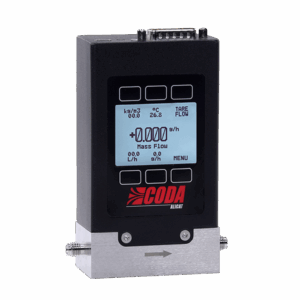Osmosis Research at the University of Oakland
Water Sustainability and Osmosis Test Bench Research at Oakland University
Reverse Osmosis (RO) uses pressure to force saline water through a semipermeable membrane, producing fresh water while concentrating the remaining brine. Pressure Retarded Osmosis (PRO) harnesses the osmotic pressure difference between fresh water and seawater to drive a turbine and generate electricity. Both approaches show promise for addressing global water scarcity while contributing to renewable energy generation.
However, these technologies must continually evolve to meet rising demands from population growth, urbanization, and environmental protection. For RO, researchers are improving energy efficiency, water recovery, and salt rejection, yet challenges remain—such as high operating costs, brine disposal, and infrastructure demands (Garg & Joshi, 2015). PRO faces hurdles in membrane efficiency, scalability, and capital costs, which currently keep its cost per kilowatt above that of the U.S. grid (Hickenbottom et al., 2017).
Addressing these barriers requires not only technical advances but also organizational innovation. Public-private partnerships, for example, have become vital for bridging financial, operational, and regulatory gaps in energy and water infrastructure development (Nwokediegwu et al., 2024). This blend of technical and collaborative approaches is exemplified in national programs like the Marine Energy Collegiate Competition (MECC) and Hydropower Collegiate Competition (HCC), hosted by the National Renewable Energy Laboratory (NREL). These initiatives challenge students to design real-world solutions for sustainable energy, providing hands-on industry experience and professional exposure.
At Oakland University, Associate Professor John Maisonneuve and his team of graduate and undergraduate students exemplify this mission through their research on osmotic pressure systems and the development of an osmosis test bench. Their MECC project aimed to improve the energy efficiency of an osmosis-based power and desalination system, using a custom-built bench setup to test both RO and PRO modes across a saltwater gradient.
layout of the osmosis test bench

System setup

- CODA K-Series Coriolis meters measured inlet conditions.
- LC-Series controllers managed vent flow, and maintained backpressure on process.
- P-Series pressure meters continuously monitored pressure changes across the membrane.
All devices were integrated into an external computer running Alicat’s FlowVision software, enabling automated test sequences and real-time performance logging. This setup fed researchers ciritcal process data and allowed them to evaluate system response under changing conditions.
What's next?
As global water and energy demands continue to rise, osmotic pressure technologies and test bench research—supported by strong academic, industrial, and governmental collaboration—offer a pathway toward a resilient and sustainable future. Continued innovation in this field will help secure the infrastructure needed to balance clean water access and renewable power generation for generations to come.
References
- Nwokediegwu, Z., Obaigbena, A., Majemite, M., Daraojimba, O., & Oliha, J. (2024). Review of innovative approaches in water infrastructure: Sustainable desalination and public-private partnerships. International Journal of Science and Research Archive, 11, 324 – 332.
- Garg, M., & Joshi, H. (2015). Optimization and economic analysis for a small-scale nanofiltration and reverse osmosis water desalination system. Water Science & Technology: Water Supply, 15, 1027 – 1033.
- Hickenbottom, K. L., Vanneste, J., Miller-Robbie, L., Deshmukh, A., Elimelech, M., Heeley, M. B., & Cath, T. Y. (2017). Techno-economic assessment of a closed-loop osmotic heat engine. Journal of Membrane Science, 535, 178 – 187.